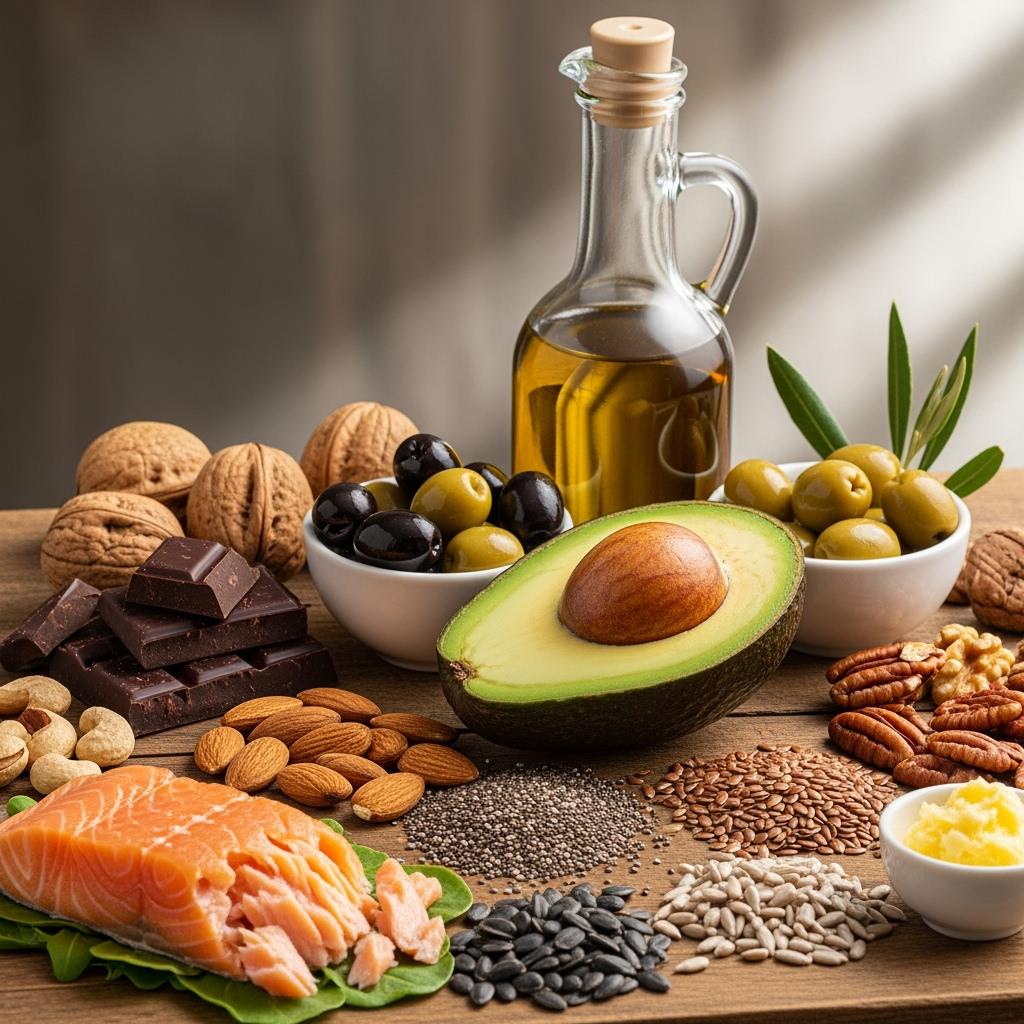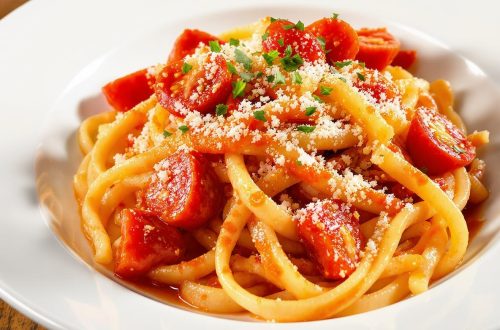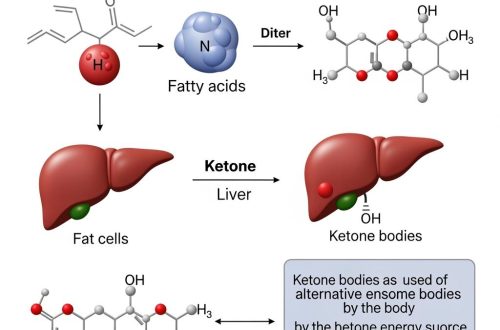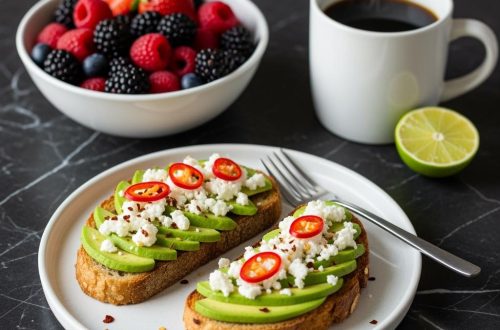So, you’re thinking about diving into the world of keto, or maybe you’ve already dipped a toe in and are feeling a little overwhelmed by all the information out there. One of the biggest hurdles, and often the most confusing part, for anyone starting the ketogenic diet is figuring out what to eat and, perhaps more importantly, what to avoid. It can feel like a complete overhaul of your usual grocery list, but trust me, once you get the hang of it, it becomes second nature.
The core principle of the keto diet is to drastically reduce carbohydrate intake, replacing it with healthy fats. This shift forces your body into a metabolic state called ketosis, where it becomes incredibly efficient at burning fat for energy instead of glucose. To achieve and maintain this state, your food choices are paramount. Let’s break down the “yes” and “no” lists to make your keto journey a whole lot clearer.
The “Yes” List: Your Keto-Friendly Fuel
Think of your keto plate as being built around healthy fats, quality proteins, and low-carb vegetables. This trio will be your best friend.
1. Healthy Fats: Your Primary Energy Source
This is where the magic happens! Fats will make up the bulk of your calories on keto, so choose wisely.
- Avocados and Avocado Oil: Rich in monounsaturated fats, incredibly versatile for salads, dressings, or just eating plain.
- Olive Oil: Extra virgin olive oil is fantastic for dressings, drizzling over cooked foods, or light sautéing.
- Coconut Oil: Great for cooking at higher temperatures and adds a lovely flavor to some dishes.
- Butter and Ghee: Grass-fed butter and ghee (clarified butter) are excellent sources of healthy fats and add richness to your meals.
- Nuts and Seeds (in moderation): Almonds, macadamia nuts, pecans, walnuts, chia seeds, flax seeds, and hemp seeds are all good options. Be mindful of portion sizes, as carbs can add up quickly here.
- Fatty Fish: Salmon, mackerel, sardines, and tuna are not only packed with healthy fats but also provide essential omega-3 fatty acids.
2. Quality Proteins: Building Blocks for Your Body
While keto isn’t a high-protein diet, moderate protein intake is crucial for muscle maintenance and satiety.
- Meat: Beef (especially fattier cuts like ribeye, chuck roast), pork (pork belly, bacon, pork chops), lamb, and poultry (chicken thighs, wings, dark meat turkey). Always opt for whole, unprocessed meats.
- Eggs: The incredible, edible egg! Whole eggs are a keto superstar – cheap, versatile, and packed with nutrients and healthy fats.
- Fish and Seafood: Beyond fatty fish, lean fish like cod, tilapia, and shrimp are also great. Just remember to add some extra fat to your meal if you’re going for leaner options.
3. Low-Carb Vegetables: Nature’s Multivitamins
These are your nutrient powerhouses, providing fiber, vitamins, and minerals without spiking your blood sugar. Focus on “above-ground” vegetables.
- Leafy Greens: Spinach, kale, lettuce, collard greens, Swiss chard. Eat them by the truckload!
- Cruciferous Vegetables: Broccoli, cauliflower, Brussels sprouts, cabbage. Cauliflower is a keto hero, substituting for rice, mashed potatoes, and even pizza crust.
- Other Low-Carb Veggies: Asparagus, green beans, bell peppers (especially green, red, yellow in moderation), zucchini, cucumber, mushrooms, celery.
4. Full-Fat Dairy (in moderation): Creamy Goodness
- Heavy Cream and Sour Cream: Excellent for adding richness to sauces, coffee, or as a topping.
- Cream Cheese: A staple for keto baking, fat bombs, or as a spread.
- Hard Cheeses: Cheddar, mozzarella, gouda, parmesan – most full-fat hard cheeses are very low in carbs.
- Unsweetened Nut Milks: Almond milk and coconut milk (canned, full-fat) are great dairy alternatives for smoothies or cooking.
5. Drinks: Hydration is Key!
- Water: Your best friend! Drink plenty, and consider adding electrolytes to prevent the “keto flu.”
- Black Coffee and Unsweetened Tea: Enjoy these without sugar or milk (or with a splash of heavy cream).
- Bone Broth: A fantastic source of electrolytes and nutrients, especially helpful during the initial adaptation phase.
The “No” List: What to Avoid Like the Plague
This is where most people struggle initially, as many of these foods are staples in the standard Western diet. Avoiding them is crucial for maintaining ketosis.
1. Grains: The Biggest Culprit
This includes virtually all grains and anything made from them.
- Bread, Pasta, Rice: White, brown, whole wheat – it all needs to go.
- Oats, Quinoa, Corn: Even “healthy” grains are too high in carbs for keto.
- Cereals and Granola: Packed with carbs and often sugar.
2. Sugars: The Ultimate Enemy
This one is obvious, but sugar hides in so many places!
- Table Sugar, Honey, Maple Syrup, Agave Nectar, High-Fructose Corn Syrup: All forms of added sugar are out.
- Candies, Cakes, Cookies, Pastries: These are typically loaded with sugar and refined flours.
- Sweetened Beverages: Soda, fruit juice, sweet tea, energy drinks. These are liquid sugar bombs.
3. High-Carb Fruits: Nature’s Candy
While healthy, most fruits are too high in natural sugars for keto.
- Bananas, Apples, Oranges, Grapes, Mangoes, Pineapple: These are delicious but will kick you out of ketosis.
- Berries (in moderation): Small amounts of strawberries, blueberries, raspberries, and blackberries can be enjoyed, but count those carbs carefully!
4. Starchy Vegetables: Root of the Problem
These are often confused with low-carb veggies due to their “healthy” reputation.
- Potatoes (White and Sweet), Corn, Peas, Parsnips, Carrots (in large quantities): These are high in starch, which converts to sugar in your body.
5. Legumes: Beans, Beans, the Magical Fruit… (But Not for Keto)
- Beans: Black beans, kidney beans, pinto beans, chickpeas (garbanzo beans), lentils. All are too high in carbs.
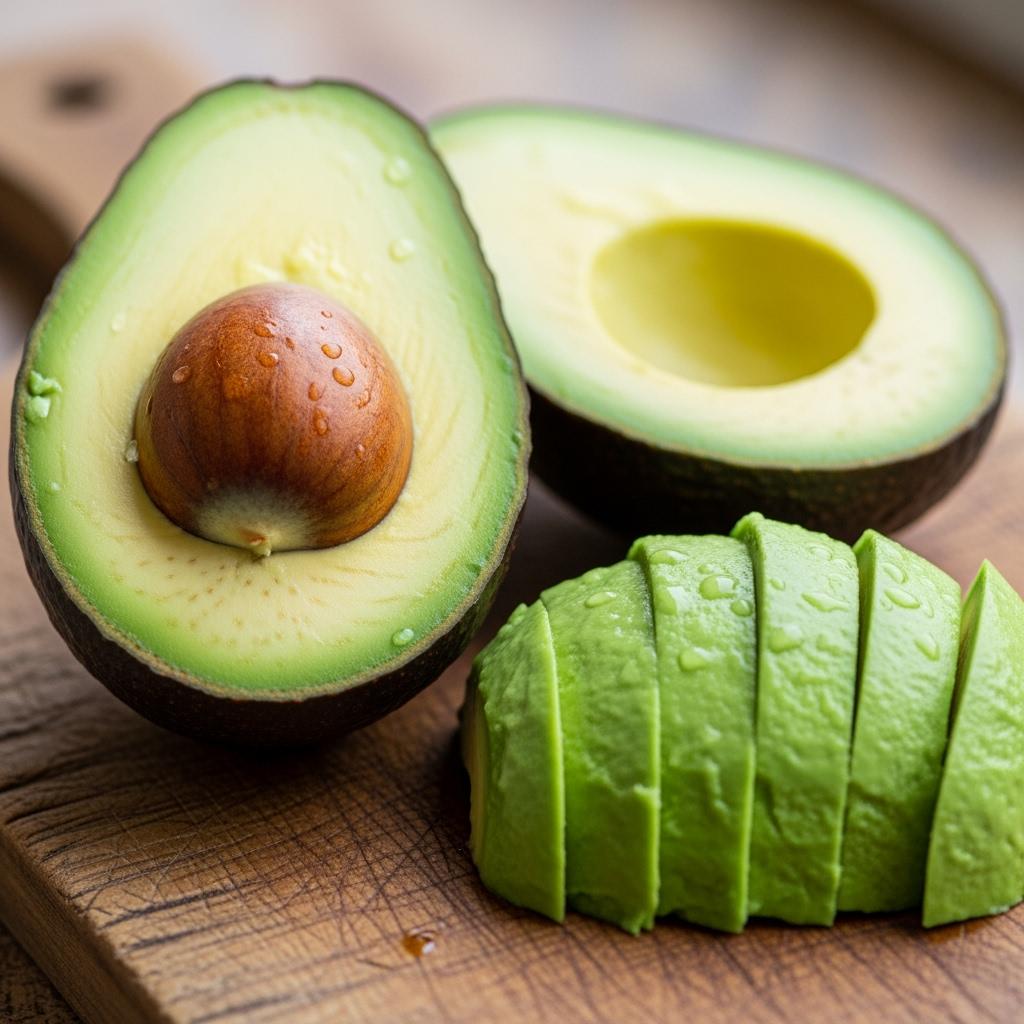
6. Processed Foods and “Diet” Products: Sneaky Carbs
- Low-Fat Dairy: Often has sugar added to compensate for flavor loss when fat is removed.
- Processed Meats with Fillers: Some sausages, hot dogs, and deli meats can contain added sugars, starches, or binders. Always read labels!
- “Diet” or “Sugar-Free” Products: Many of these use artificial sweeteners that can still cause an insulin response or contain hidden carbs. They can also perpetuate sugar cravings.
7. Certain Alcoholic Beverages:
- Beer: Very high in carbs.
- Sugary Cocktails, Sweet Wines: Loaded with sugar.
- Best Bets (in moderation): Dry wines, spirits (vodka, gin, whiskey, rum) without sugary mixers.
Tips for Success
- Read Labels Religiously: This cannot be stressed enough. Carbs hide everywhere! Look at “Total Carbs” and subtract “Fiber” to get “Net Carbs.”
- Plan Your Meals: This helps you stay on track and avoids last-minute unhealthy choices.
- Stay Hydrated and Mind Your Electrolytes: Especially in the beginning, replenish sodium, potassium, and magnesium to mitigate the “keto flu.”
- Don’t Be Afraid to Experiment: There are countless delicious keto recipes out there for everything from bread to desserts.
- Listen to Your Body: Everyone’s carb tolerance is slightly different. Pay attention to how you feel and adjust accordingly.
Navigating the keto food landscape might seem daunting at first, but with a clear understanding of what to embrace and what to avoid, you’ll be well on your way to mastering this way of eating. Focus on whole, unprocessed foods, prioritize healthy fats, and enjoy the journey to a healthier you!
